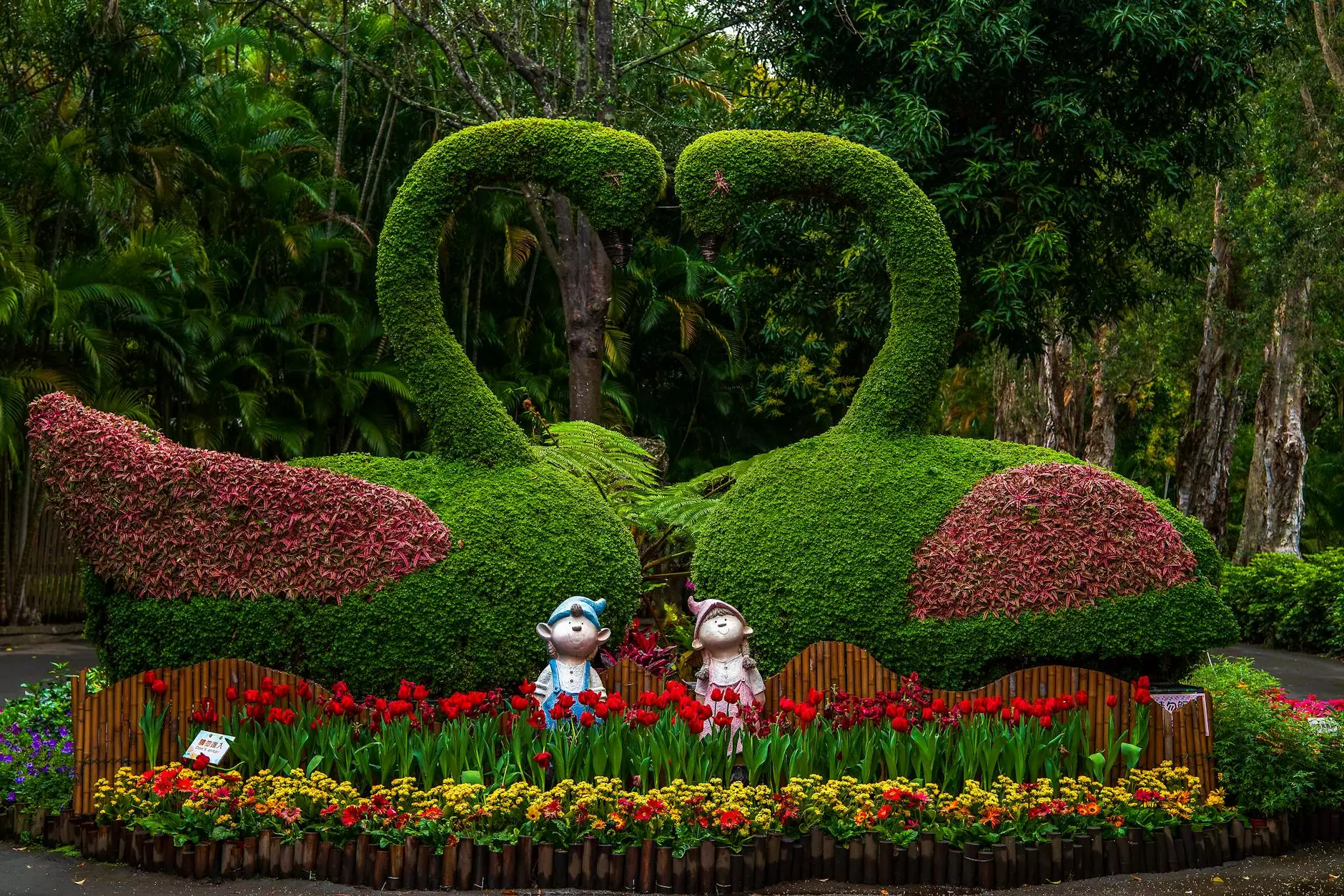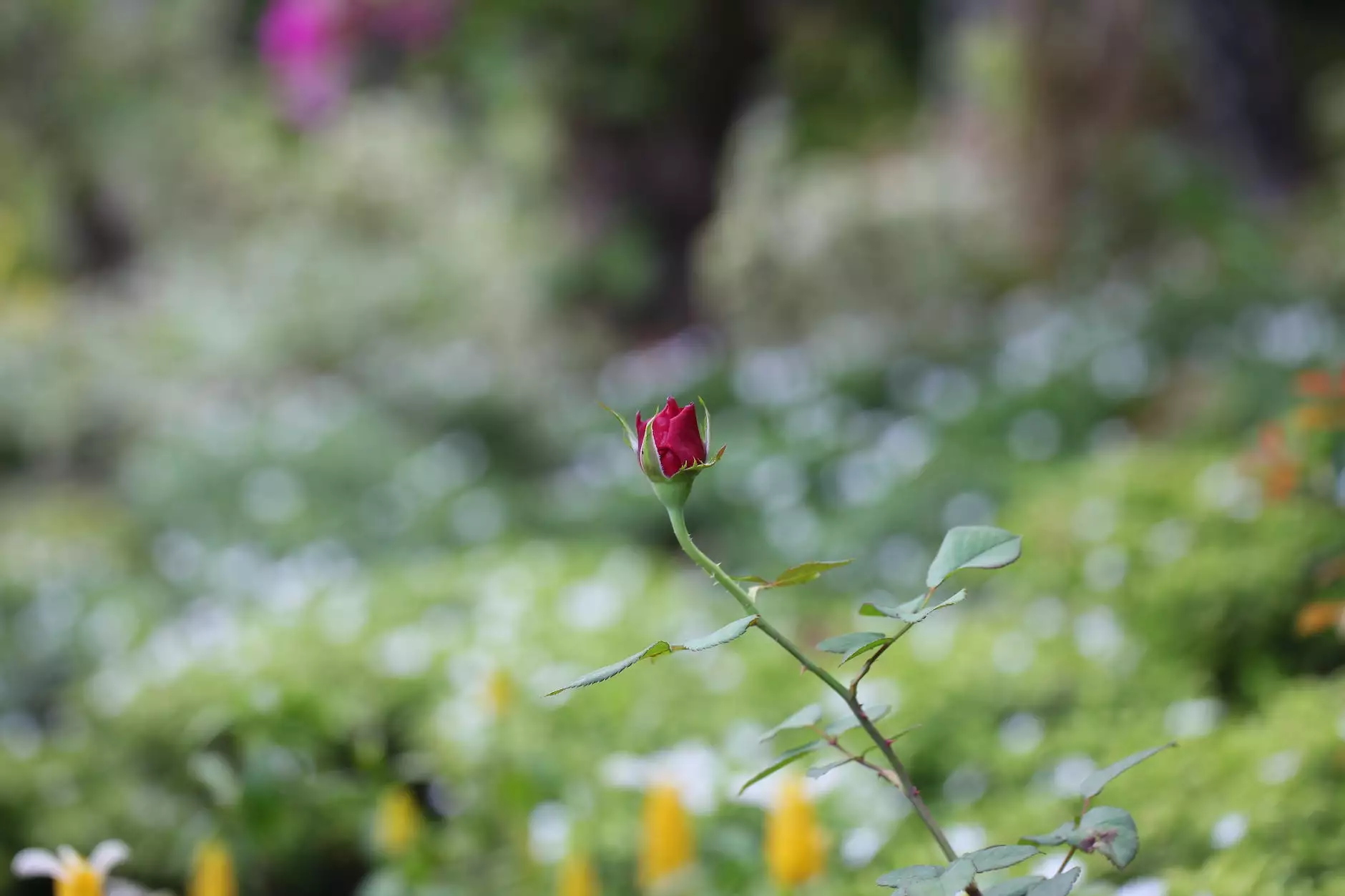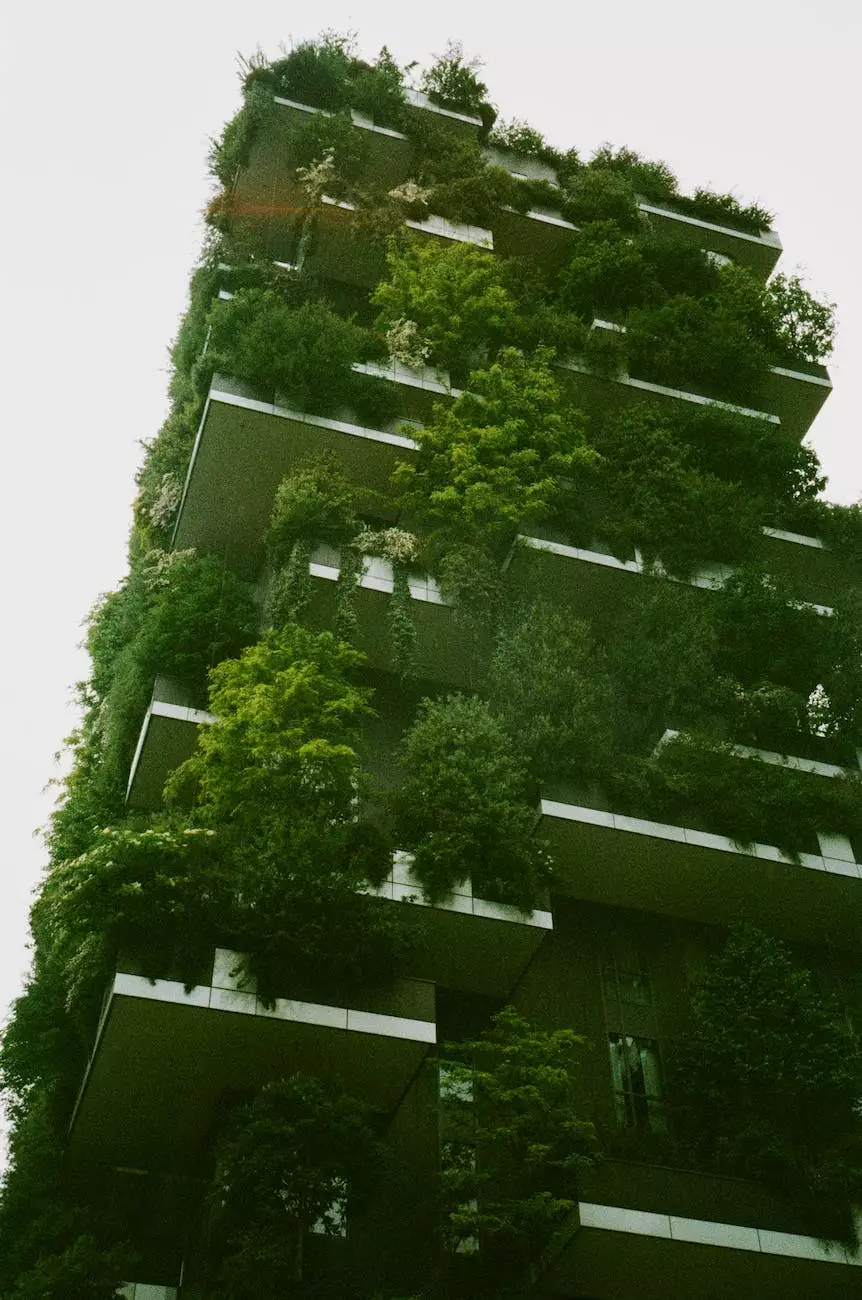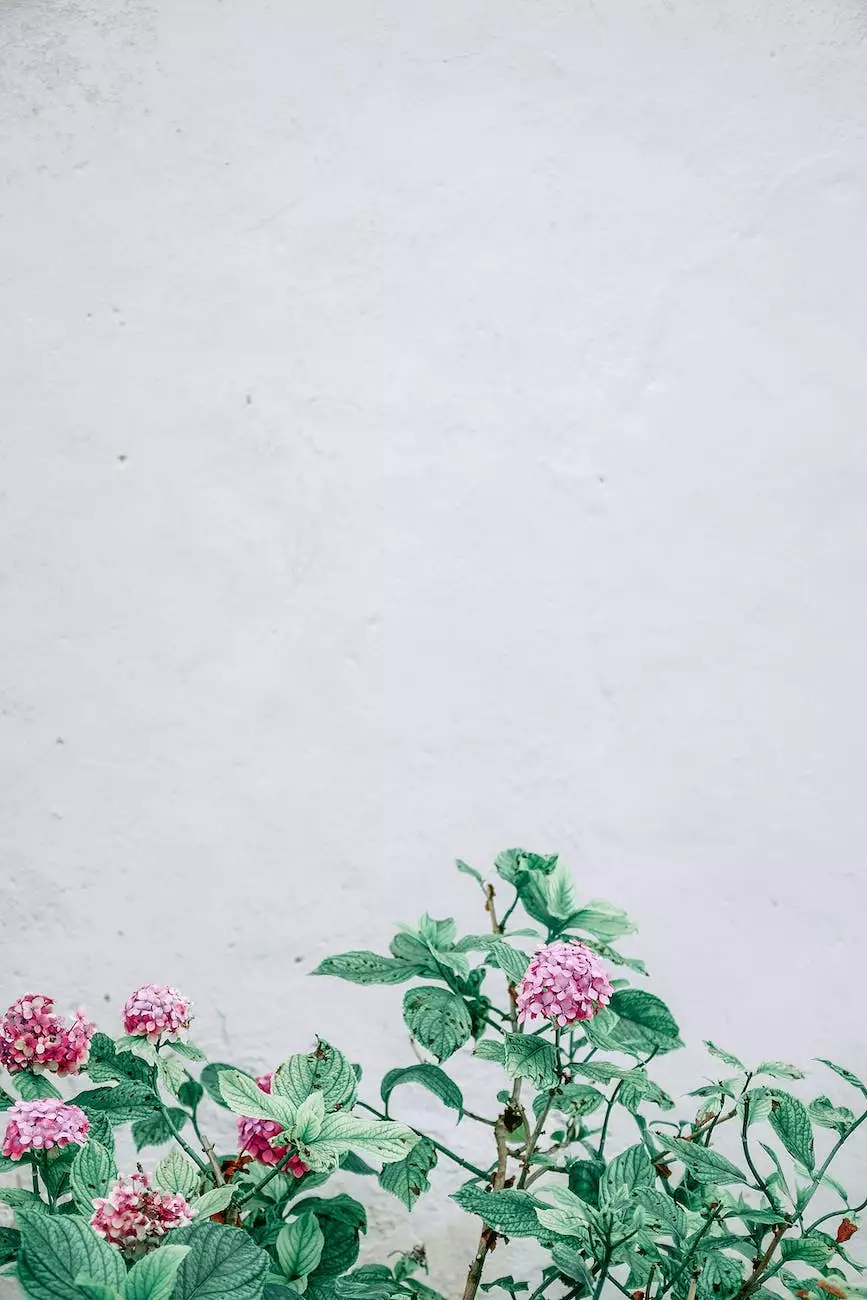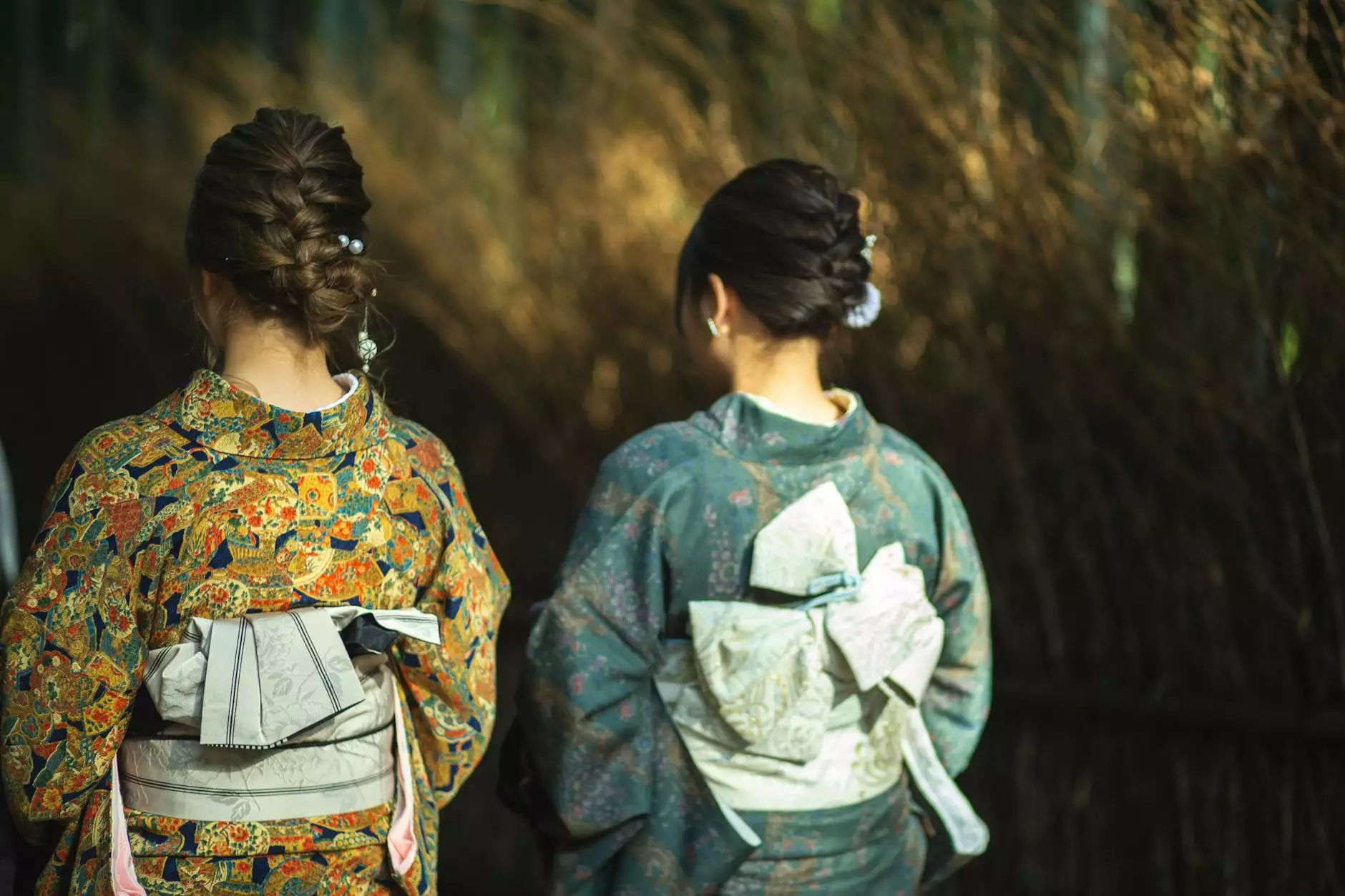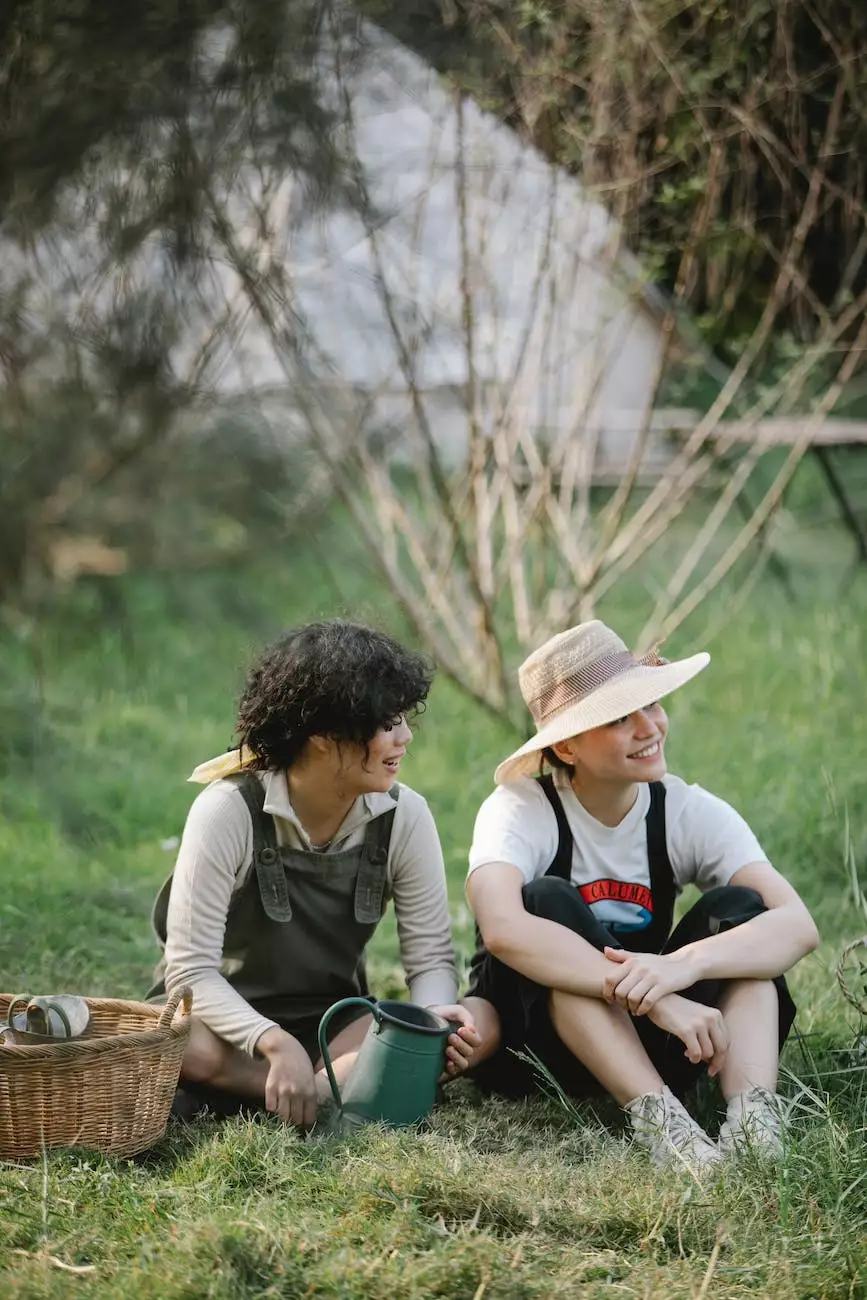A NATIVE MEDICINAL POLLINATOR GARDEN

Welcome to American Pond & Gardens, your trusted source for all your home and garden needs in the Gardening category. In this comprehensive guide, we will delve into the fascinating world of creating a native medicinal pollinator garden. Our experienced team is here to provide you with valuable insights on attracting pollinators and enhancing the beauty of your outdoor space.
The Importance of Native Medicinal Plants
Native medicinal plants play a crucial role in supporting local ecosystems and promoting biodiversity. They provide valuable resources for pollinators, such as bees, butterflies, and hummingbirds, contributing to the overall health and balance of our natural surroundings. By incorporating native medicinal plants into your garden, you can create a sustainable habitat that supports both wildlife and human well-being.
Attracting Pollinators with Native Medicinal Plants
To attract pollinators to your garden, it is important to choose the right native medicinal plants. These plants have evolved over time to form symbiotic relationships with local fauna, making them more attractive to pollinators. Some popular choices include:
- Echinacea purpurea: Also known as purple coneflower, this stunning perennial attracts butterflies and bees with its vibrant purple flowers and medicinal properties.
- Monarda didyma: Commonly known as bee balm, this aromatic plant entices hummingbirds, bees, and butterflies with its showy red blossoms.
- Asclepias incarnata: The swamp milkweed is a favorite of monarch butterflies, providing them with a vital food source and a place to lay their eggs.
- Rudbeckia hirta: Black-eyed Susans are a cheerful addition to any garden, attracting various pollinators, including bees and butterflies.
- Agastache foeniculum: This fragrant herb, also called anise hyssop, is loved by both bees and butterflies for its nectar-rich blooms.
Cultivating a Native Medicinal Pollinator Garden
Creating a native medicinal pollinator garden requires careful planning and consideration. Follow these steps to establish a thriving and visually appealing oasis:
1. Site Selection:
Choose a sunny spot in your garden that receives at least six hours of direct sunlight per day. Native plants generally thrive in these conditions and will attract more pollinators.
2. Soil Preparation:
Ensure your soil is well-drained and rich in organic matter. Native medicinal plants prefer soil with good moisture retention but still allow excess water to drain away.
3. Plant Selection:
Select a variety of native medicinal plants that bloom at different times throughout the year. This ensures a continuous food source for pollinators, even during different seasons.
4. Watering and Maintenance:
Regularly water your garden to keep the soil moist but not waterlogged. Remove weeds and dead flowers to promote healthy growth and prevent the spread of diseases.
The Benefits of a Native Medicinal Pollinator Garden
By creating a native medicinal pollinator garden, you can enjoy a multitude of benefits:
- Ecological Balance: Native plants attract a diverse range of pollinators, helping to maintain the delicate balance of ecosystems.
- Increased Biodiversity: Supporting pollinators also encourages other wildlife, such as birds and beneficial insects, to visit your garden.
- Beautiful Landscape: Native medicinal plants offer stunning blooms, adding vibrant colors and textures to your outdoor space.
- Educational Opportunities: Discover the fascinating world of native plants and their environmental importance while observing various pollinator species.
- Medicinal Properties: Many native plants possess medicinal qualities, allowing you to cultivate your own herbal remedies and promote personal well-being.
Conclusion
In conclusion, a native medicinal pollinator garden is a valuable addition to any home and garden space. American Pond & Gardens is dedicated to providing you with the information and resources needed to create a beautiful and thriving ecosystem. By incorporating native medicinal plants, you can attract pollinators, support biodiversity, and enhance the overall aesthetic appeal of your outdoor environment. Start your journey today and unlock the wonders of a native medicinal pollinator garden!

